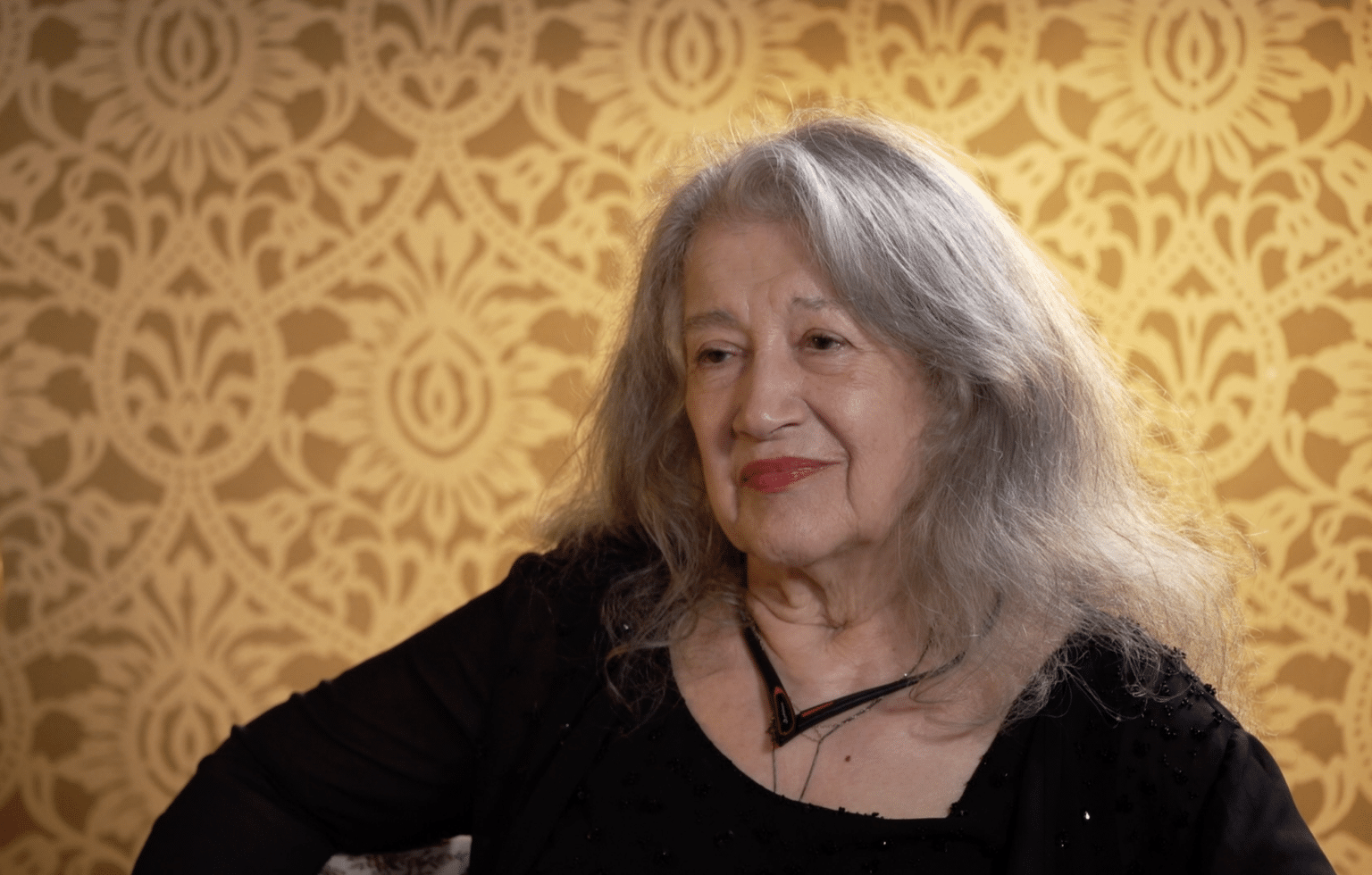Ruth Leon’s Pocket Theatre review
Ruth Leon recommendsLook Back in Anger and Roots – Almeida Theatre
The Almeida has programmed the two most explosive plays of the Angry Young Men theatrical era, the 1950s, to run in repertory. Great idea. These two plays – Look Back in Anger and Roots – turned the London theatre on its head in ‘56 and ’58 respectively and opened the door to realism.
At that time, the post-war stages were still full of “Anyone for tennis?” drawing room comedies and gentle upper-class fodder from Coward and Rattigan. Poor Coward and Rattigan have only just recovered from the mauling they got as a result of audiences being treated to plays about real people in working class settings.
Along came John Osborne (Look Back in Anger) and Arnold Wesker (Roots). Seeing a woman in a slip at an ironing board, fending off offensive remarks from a husband she had married for love but now regretted, or a young girl from a farming community spouting radical socialist ideas gleaned from her Jewish lover to an uncomprehending family, was a true shock to the theatrical system.
There, suddenly, on the stage, were opinions which suggested that England was far from being the brave litle country that had won the war and could now return to prewar slumber. Look Back in Anger and Roots were so important in their time that they gave rise to an entire generation of playwrights who wanted to explore the state of their country and the world and were not going to be imprisioned in the theatrical conventions of the past.
The Almeida has cleverly cross-cast the two plays and a fine company of actors ensures that they work well as reminders of how we got to be where we are. Incidentally, the young girl in the Roots original cast became Dame Joan Plowright and the role made her a star. It may do the same for Morfydd Clark.
Only now are we able to return to Noel Coward and Terence Rattigan and appreciate what fine plays they wrote before they were displaced. On balance, I think Rattigan’s Deep Blue Sea (on its way back into the West End) and Coward’s Private Lives (currently in production) hold up even better in contemporary terms than Osborne’s outdatedLook Back in Anger and Wesker’s one-note Roots, good though it is to see them again and be reminded of where we started from.






Comments